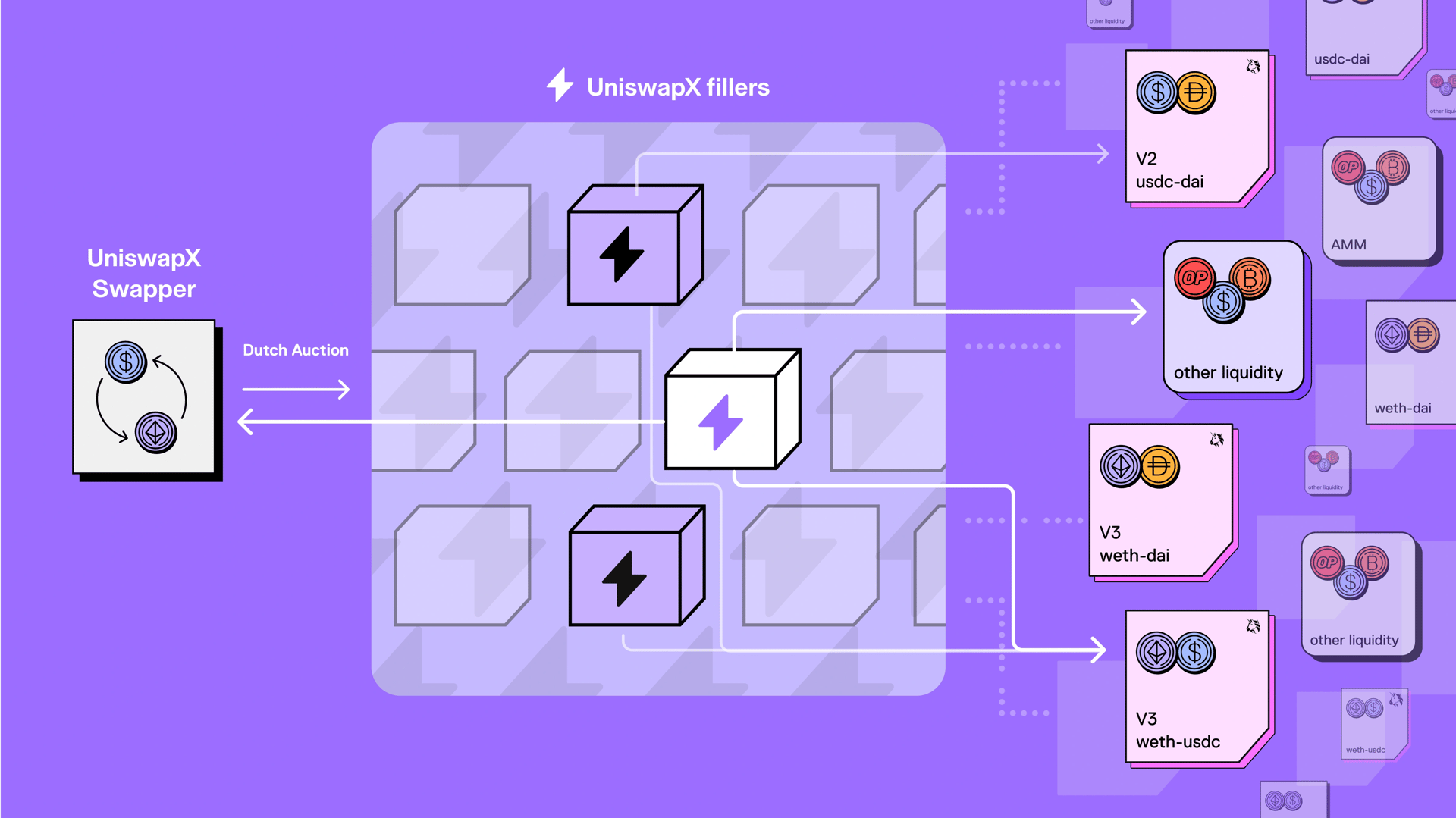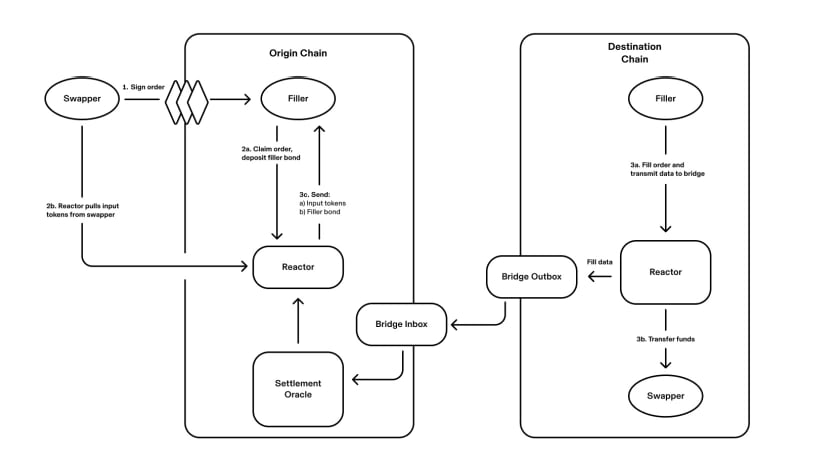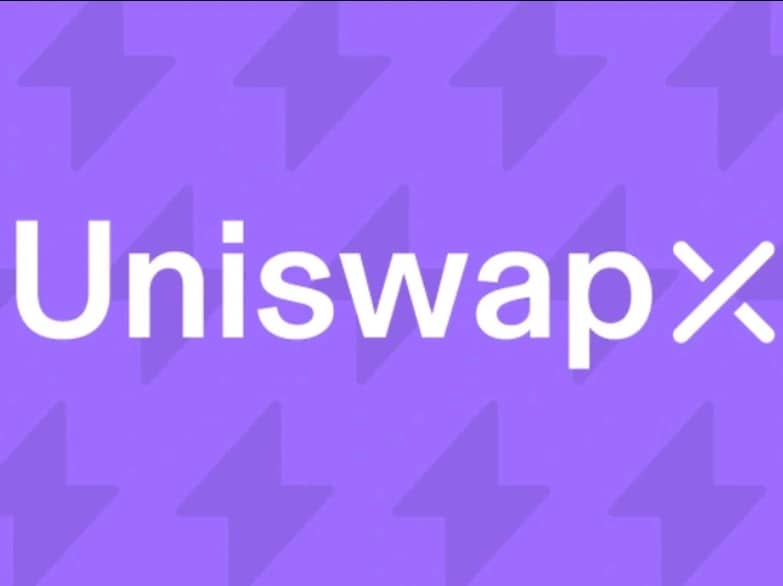Subscribe to wiki
Share wiki
Bookmark
UniswapX
UniswapX
UniswapX is a permissionless trading protocol designed to enhance onchain trading and improve self-custody swapping. UniswapX builds upon the success of the original Uniswap Protocol but also offers gas-free swaps and liquidity source aggregation. [1][2]
Overview
Introduced on July 17, 2023, the UniswapX Protocol is a non-custodial, Dutch auction-based trading protocol implemented for the Ethereum Virtual Machine. It aims to enhance the trading experience by aggregating both on-chain and off-chain liquidity, internalizing Maximal Extractable Value (MEV) in the form of price improvement, offering gas-free swaps, and enabling cross-chain trading. [1][3][4]
Key Features
UniswapX introduces several key features aimed at enhancing the trading experience: [1]
Aggregating Liquidity Sources
UniswapX leverages a Dutch auction-based model to aggregate liquidity from various automated market makers (AMMs) and other sources. By outsourcing the complexity of routing orders to a network of third-party fillers, UniswapX ensures that swappers obtain the most competitive prices while benefiting from transparent onchain transactions. This approach eliminates the need for manual integration and ongoing maintenance efforts to ensure optimal pricing. [5][6]

Gas-Free Swapping
With UniswapX, swappers sign unique offchain orders, which are then submitted onchain by fillers who bear the gas costs. Swappers are not required to pay gas fees directly, eliminating the need for native network tokens like ETH or MATIC. Additionally, failed transactions incur no costs for the swappers. Fillers can optimize transaction costs by batching multiple orders, providing users with cost-effective trading options. [5][7]
Protection Against Maximal Extractable Value (MEV)
UniswapX addresses the issue of MEV, which can lead to suboptimal prices for swappers. By returning MEV that would otherwise be captured by arbitrage transactions back to swappers, UniswapX improves the overall price efficiency of swaps. The protocol also mitigates other forms of MEV by preventing sandwich attacks and incentivizing fillers to use private transaction relays when routing orders to onchain liquidity venues. [5]
Order Parameterization
UniswapX does not enforce a specific decay function or method for setting the initial Dutch order price. Parameterization of Dutch orders' starting prices can be achieved through polling a selection of fillers using an off-chain Request For Quote (RFQ) system. This system can incentivize fillers to offer their best possible prices, enhancing the swapper user experience. [5]
Fees
Uniswap Governance has the ability to charge a fee of up to 0.05% on the output of each UniswapX swap. Additionally, interfaces and wallets can choose to charge an additional uncapped fee on swaps submitted through their platforms. [5]
Cross-Chain Swaps (to be added)
In the near future, UniswapX plans to introduce cross-chain swapping capabilities, allowing users to seamlessly swap between different blockchain networks. This advancement will merge swapping and bridging functionalities, enabling swappers to transact between chains quickly and efficiently. Additionally, users will have the freedom to choose the specific assets they wish to receive on the destination chain, further enhancing flexibility. [5][8]
“Later this year, we’ll launch a cross-chain UniswapX that combines swapping and bridging into one action. Swappers will be able to swap between chains in seconds This includes native asset swaps, reducing the need for bridged tokens.” - Uniswap Labs

See something wrong?
